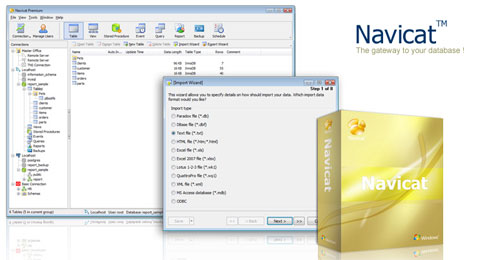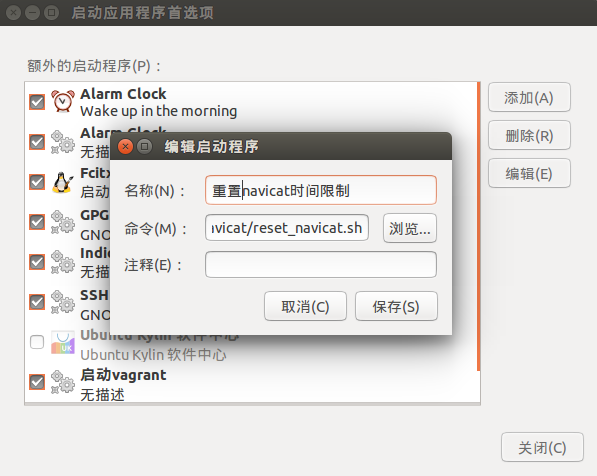
Unlike some other tools, phpMyAdmin is entirely web based, and usually may be installed on the same server as the MySQL database itself. PhpMyAdmin is another very popular and common tool used to manage databases. All of this is done from an easy to use and intuitive interface, which makes MySQL Workbench one of our top picks for database management software. It can design schema, migrate databases, manage user accounts, monitor performance, create relationship models, and much more.

It is an all in one solution with features to design, model, and administer all of your MySQL databases. MySQL Workbench is one of the best graphical applications that lets us manage data and perform administrative tasks on MySQL databases. $ – requires given linux commands to be executed as a regular non-privileged user # – requires given linux commands to be executed with root privileges either directly as a root user or by use of sudo command Privileged access to your Linux system as root or via the sudo command. MySQL Workbench, phpMyAdmin, adminer, HeidiSQL, Navicat for MySQL, SQLyog


Requirements, Conventions or Software Version Used Graphical user interface (GUI) applications for managing MySQL Software Requirements and Linux Command Line Conventions Category

In this tutorial, we will go over a few different GUI based applications for managing MySQL that can be installed in Linux. Many users prefer interacting with MySQL through a GUI rather than a command line, where it is difficult to visualize multiple columns of data and understanding how they correspond to each other. Fortunately for us, there are numerous GUI based applications that can be downloaded and installed on a Linux system that make the process of managing databases much easier. When working with MySQL, it can be very difficult to visualize an entire database of information, especially if there are relational databases that all work in tandem to present data.


 0 kommentar(er)
0 kommentar(er)
